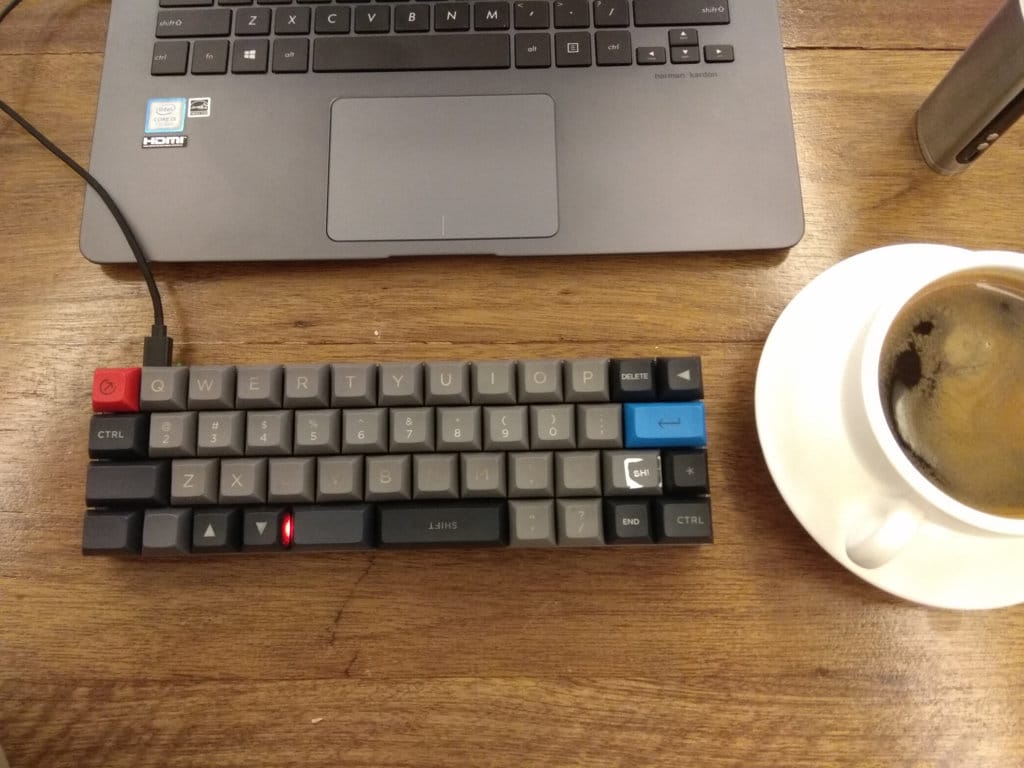“Two years and not a word. I wondered if they even realized it was gone. Was my fake that good? I went into my garage, unlocked the trap door to my basement and descended the steps into it. I switched on the lights. There, in the middle of the room, was the prized Mona Lisa, resting on an easel for no one but my own eyes to see. I had pulled off the perfect crime, but there was nobody I could tell about it, or I would have been caught and sent to jail.”
“Alright, show and tell is over. It’s time for your meds,” said Francis off to the side of the podium. I stepped away from the lectern, normally reserved for bingo nights, and felt two steady arms guide me back to my seat. Though my eyesight was failing, I could see the same (old) faces, smiling at me, breaking the silence with frail clapping.
“Oceans Ninety Nine! Tell us another story!” I heard from the back of the room.
“This is only the hundredth time I’ve heard it!”
“Bah! These patronizing kids,” I thought to myself as I sipped the water through a straw placed in front of me. “They’ll never know the truth if it hit them in the face!”
Writing Prompt from Reddit: You have been striving for years to commit the elusive “Perfect Crime” for the fame of it. You steal the Mona Lisa and replace it with a fake. You leave a taunting note and wait for the panic when it is discovered. But, 2 years later, no one has noticed.


